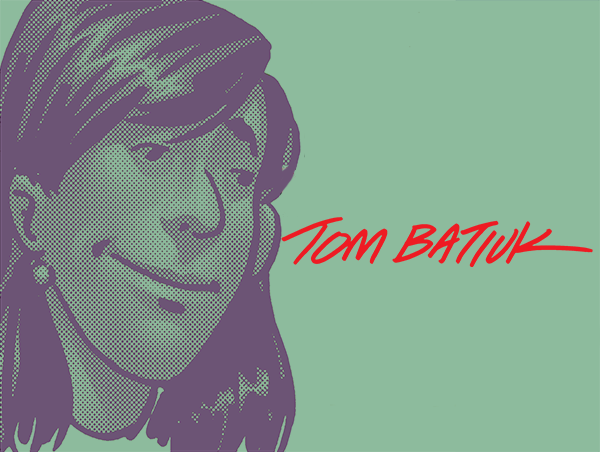
When the first part of Lisa’s Story ran in the paper, I talked in interviews about how I had taken the experiences of others and used them to create an internal landscape that I would draw upon as I did the writing. But, having since experienced cancer firsthand with my diagnosis of prostate cancer, I realized that there was a huge void between empathy and personal experience, and that I had only skimmed the surface in the first telling. This time, when I visited that internal landscape, all of the emotions there were redlining. There was anger that rose to rage and worry that rose to fear and optimism that was sledgehammered to a sliver by reality. In the end, it was those emotions that would deepen the work. So, my problem then became how to transfer these powerful emotions to the comics page. As I had done the first time, I worked on these strips off to the side of the regular work, which made life in the studio pretty busy. Plus, I overwrote quite a bit as well. In fact, when I checked my writing books in preparation for writing this intro, I found quite a bit of material that I liked but had never used in the story. Ah well, next time. If only you really could get second chances, but, actually, I did get something of a second chance with this work. When the first part of Lisa’s battle with cancer ran in the strip, I was flown to New York to do a national interview on ABC. Just before the interview the host asked me if I had a book, and I had to tell her that I didn’t. The turnaround time involved in getting a book together made it impossible for me to have had one at the ready at that point. When the book collecting that material came out a year later, with the story no longer running in the paper each day, the interest and promotional heat had pretty much dissipated. Coupled with the fact that I had no input on the book and that it was remaindered and consigned to out-of-print limbo in an embarrassingly short period of time, I decided to try a different approach with the second half of the story.

As I climbed the steps up the hill to Lowry Hall and the home of the Kent State University Press, I was thinking about the time that had passed since I had been on campus. I was taking my partially completed work on the second part of Lisa’s battle with cancer to the Press to see if they would be interested in publishing a book that would be comprised of the first already published part and the as-yet-unfinished second half. To be honest, when I was a student there, I never saw this coming. To be doubly honest, neither did the university. I had been invited into the Honors College when I started as a freshman at Kent, and a couple of short quarters later I was invited back out. My only response was: “What took you so long?” The way I see it, it was my pursuit of culture that led to my academic downfall. Allow me.
It was the first week of my freshman year, and I was in downtown Kent looking for a place where I could find some comic books. I checked all the usual suspects—the drugstore, the supermarket, the tobacco shop—and had found nothing. It began to dawn on me that the town of Kent was culturally deprived. But I didn’t give up, and finally I was directed to a place about a mile out of town. It was called the Kent Kozy Korner. It was a townie place, and I truly doubt that any other student from the university had ever been there before or since. I entered and to my immediate left was a comics rack where I found all of my friends waiting for me. The Kent Kozy Korner became my shelter from the storm. It was where I nurtured my dreams and studied my craft. I was being homeschooled by Stan Lee, and this was where class met. My fondness for the place eventually led me to name the comic shop in Funky the Komix Korner. Skipping class to go buy comic books the day they came out became a bit of a habit. Toss in the fact that I once skipped a final to go pick up a Beatles album that had dropped that day and it’s easy to see why the university and I had a few issues.
So, I met with the staff at the Press and made my pitch waving my hands in the air and saying, “Imagine if you will . . . ,” and they indeed expressed interest in publishing the book. I thanked them for that and also for not checking my academic record. They pointed out that they had found there was actually an inverse correlation between college grades and the ability to write well. Who knew? Happy to do my bit. In the end, it resulted in a collegial, gratifying, and successful relationship that would eventually lead to the book that you hold in your hands today.
From the introduction to The Complete Funky Winkerbean Vol. 12





